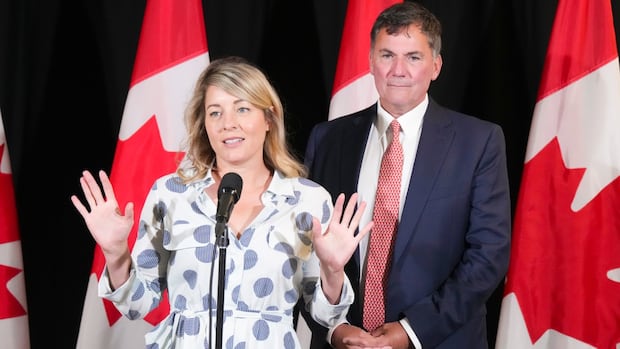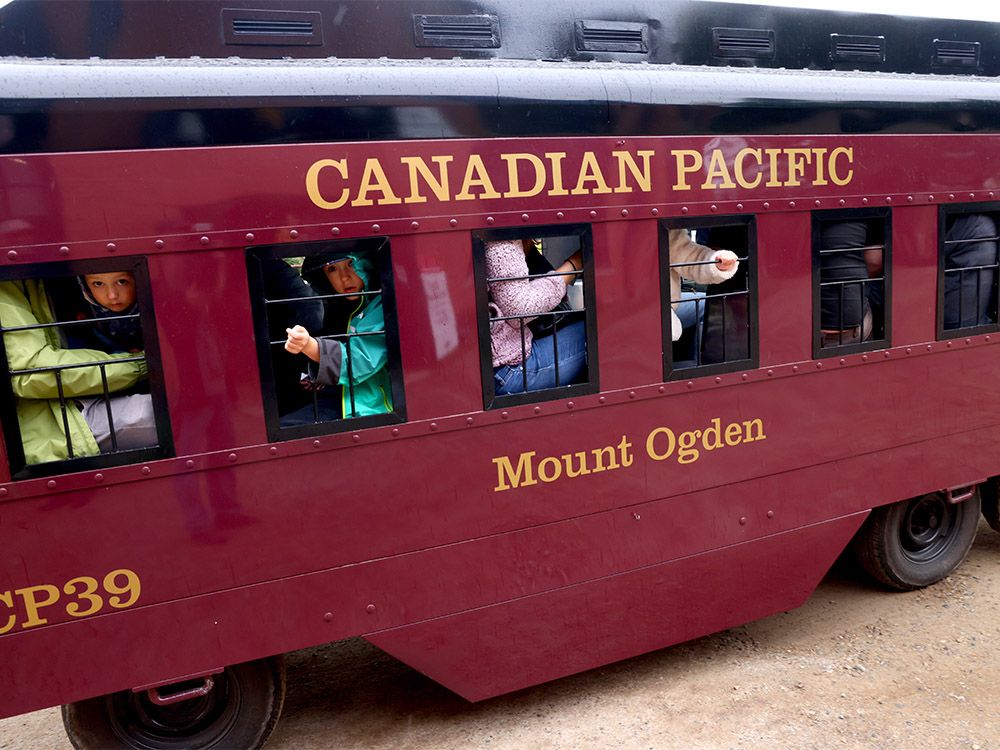Banks to start identifying carbon tax rebates as the ‘Canada Carbon Rebate’ starting today
;Resize=(620))
Starting today, most banks are expected to start clearly identifying quarterly direct deposits of carbon tax rebates as the Canada Carbon Rebate.
Many eligible Canadians will receive another quarterly rebate from the federal government today to compensate them for paying the federal fuel charge, commonly known as the carbon tax.
In the past, these rebates appeared in consumers’ accounts under generic labels like “federal payment” or “EFT Canada,” leaving recipients clueless about the source.
Recent changes to the Financial Administration Act compel banks to label government payments accepted for deposit. Carbon tax rebates are to appear in personal bank accounts as the “Canada Carbon Rebate” or “CdaCarbonRebate”.
A senior federal government source with knowledge of the move said internal government polling shows roughly half of Canadians who are eligible for the rebate don’t know it exists. CBC News has not viewed the polling data or results.
The source, who was not authorized to speak publicly, said that most banks are expected to use the government’s labelling starting today. CIBC, the source said, is expected to adopt the labelling in October.
Carbon pricing works differently in Quebec, British Columbia and the three territories — these jurisdictions have their own carbon pricing systems, or their residents do not receive federal rebates. Everywhere else — the Prairies, Ontario and Atlantic Canada — Canadians receive the federal rebates and pay the federal carbon tax.
Since Ottawa’s fuel levy was introduced in 2019, the carbon tax has added 17.6 cents to the cost of a litre of gasoline. The levies for other fuels can be found online. Conservatives have long argued the tax also raises the cost of other goods and services upon which families rely.
With Canada’s carbon tax set to increase again on April 1, many Canadians have been asking questions about how it works and what the increase will cost. CBC’s David Thurton breaks down the policy, the price and the rebates.
In places where the federal government delivers rebates, the payments arrive every three months on the 15th.
Here are the amounts a single adult person can expect to receive quarterly:
- $225 in Alberta.
- $150 in Manitoba.
- $140 in Ontario.
- $188 in Saskatchewan.
- $95 in New Brunswick.
- $103 in Nova Scotia.
- $110 in Prince Edward Island.
- $149 in Newfoundland and Labrador.
Here are the amounts a family of four can expect to receive quarterly:
- $450 in Alberta.
- $300 in Manitoba.
- $280 in Ontario.
- $376 in Saskatchewan.
- $190 in New Brunswick.
- $206 in Nova Scotia.
- $220 in Prince Edward Island.
- $298 in Newfoundland and Labrador.
Small businesses are now eligible for the Canada Carbon Rebate as well. The government says the measure will return $2.5 billion to an estimated 600,000 eligible small businesses.
But in a news release, Environment Canada said today is the final day for small businesses to file their tax returns to receive the rebate. The government has yet to say how large the rebate will be for small businesses, or when they will receive it. But the government said the rebate amount will be equal to the number employees multiplied by the payment rate for the province for the corresponding years.
Canadians eligible for the rural top up will see it double from 10 to 20 per cent. But Canadians, the government said, won’t see the doubled rural supplement until Oct. 15.
“The supplemental increase will be retroactive to April 1, 2024, so those households can expect a one-time double payment in October 2024 for the retroactive amounts from April and July,” according to a background document from Environment and Climate Change Canada. “Additionally, the boost from 10% to 20% will be ongoing from October 1, 2024, onwards.”
Over the last several months, the Liberals have spent a lot of political capital defending carbon pricing in the face of attacks from some premiers and the Official Opposition. Conservative Leader Pierre Poilievre has repeatedly called on the government to either “axe the tax” or pause scheduled increases, blaming it for increasing the cost of living.
Although its signature climate policy has taken a beating politically, the federal government has defended it by stating that eight out of 10 families receive more in rebates than they pay through the carbon tax.
It also cites data from Environment Canada which shows carbon pricing, including consumer and industrial carbon pricing, is expected to account for roughly one third of Canada’s emissions reductions.
Independent analysis from the Canadian Climate Institute, released in March, shows that the current suite of federal government climate policies is set to significantly reduce Canada’s emissions.
The report found that carbon pricing — both the consumer and industrial versions — is projected to reduce emissions by as much as 50 per cent by 2030.




